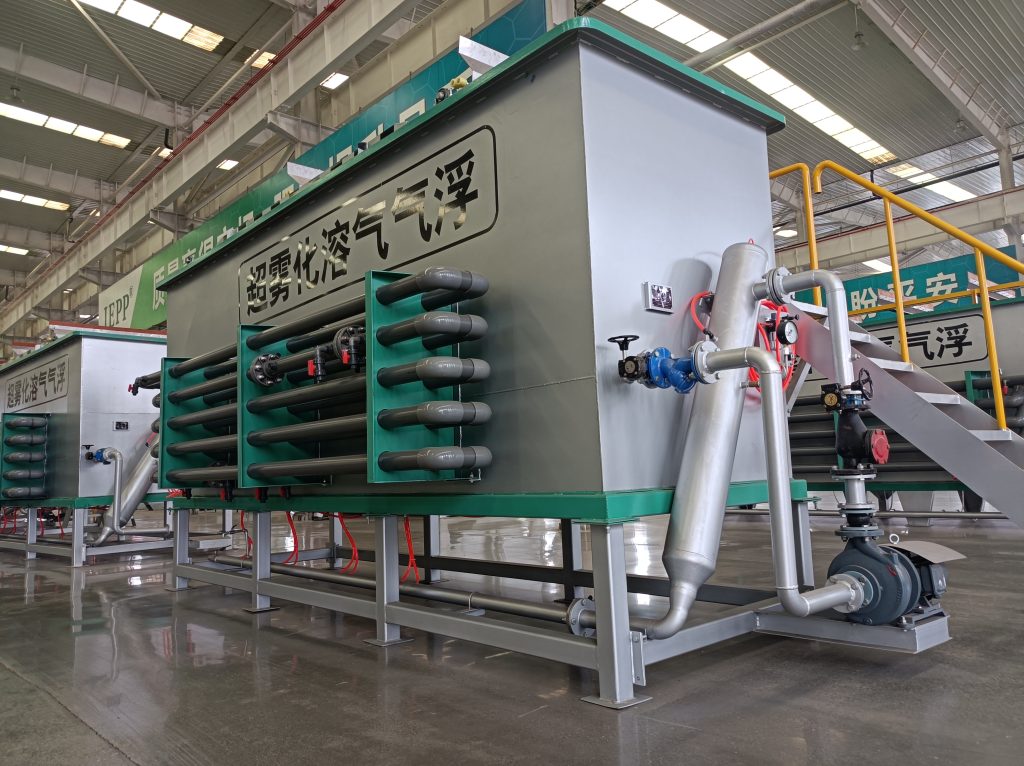How to remove oil in your wastewater?
What forms does oil take when in water?
Oil has two basic forms in wastewater, non- emulsified and emulsified.
Non-emulsified oil floats on the surface of the water and is easily removed before wastewater treatment.
Emulsified oil is oil that was subjected to chemical or mechanical action and dispersed into the water. It does not float on the surface and requires more sophisticated techniques for removal before wastewater treatment.

How is oil in water treated?
Non-emulsified oil can be removed from water by skimming. Skimming can be done at the source by “skimming off” the oil over a tank weir. The other way is to employ an oil water separator. This can be as simple as having the water feed into a storage tank that has an exit pipe a short distance below the top of the tank. Oil can be decanted from the water this way. There are many kinds of oil water separators. Each has their own idiosyncrasies, but all accomplish the same goal. Some of these are:
Tube skimmers
Belt skimmers
Disc skimmers
Emulsified oil can be removed by decantation and skimming as well, but must be separated from the water first. This usually requires some form of chemical processing depending on what oils are involved. A couple of methods are:
Drop pH to the acid side and add metal based coagulant
Raise pH to neutral/alkaline side and use metal based coagulant
Addition of a chemical demulsifier
Use either of above without metal based coagulant
Then water can be treated using an oil water separator as non-emulsified oil
Emulsified oil can also be treated without chemically pre-treating and without use of an oil water separator by using mechanical/physical methods such as:
Membrane filtration
Activated carbon
Clay based materials
Evaporation/distillation
In all of these instances separated oil should be evaluated for moisture content to determine if it can be reused. If it can there are many companies that will pay you for this resource and haul off at their expense.
Once the majority of the oil is removed it can be chemically treated to remove other metals and solids by using a method such as:
Lower pH to 3.5 or less (if not already there)
Dose with inorganic coagulant
Raise pH 9.0 – 10.0
Floc out with anionic polymer
In some cases emulsified oil might be present in low enough concentrations that pre-treating it with a separator is unnecessary. Other times pretreatment may not be rigorous enough to remove all emulsified oil. In both cases it may be possible to utilize an organic coagulant to remove oil during chemical treatment for removal of metals and solids. Such a process might be:
Lower pH to 3.5 or less (if not already there)
Dose with inorganic coagulant
Raise pH 9.0 – 10.0
Dose with organic coagulant
Floc out with anionic polymer
Water and oil do mix and separating the two of them depends on how close they are. An additional pretreatment program might be needed or it may only require something as simple as an adjustment to the current chemical treatment program.
